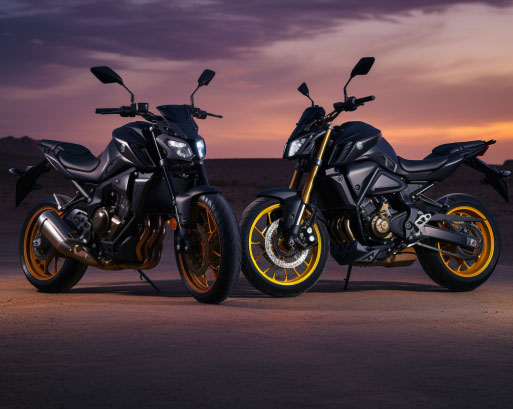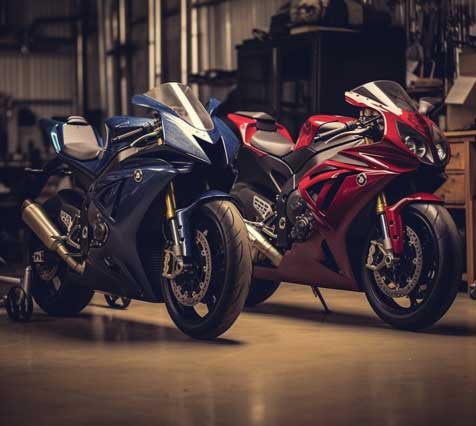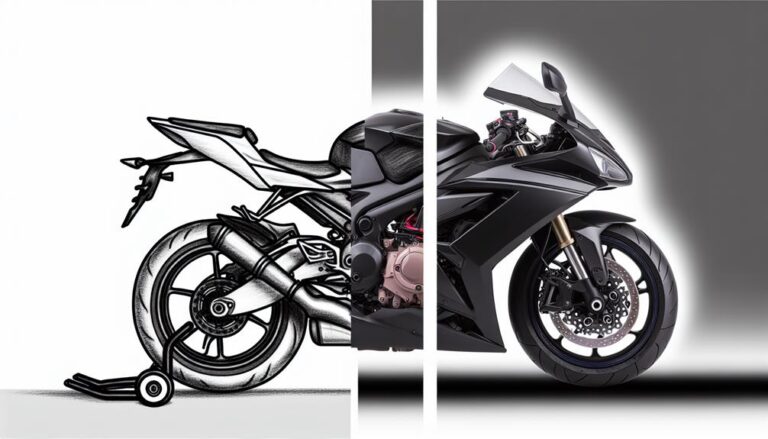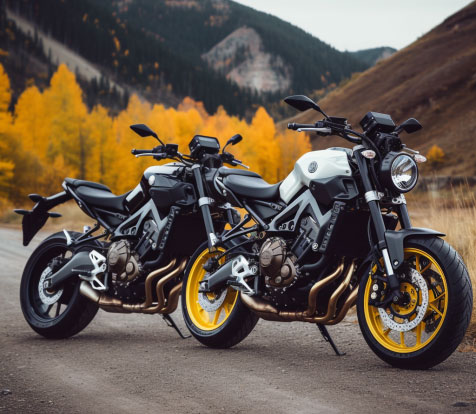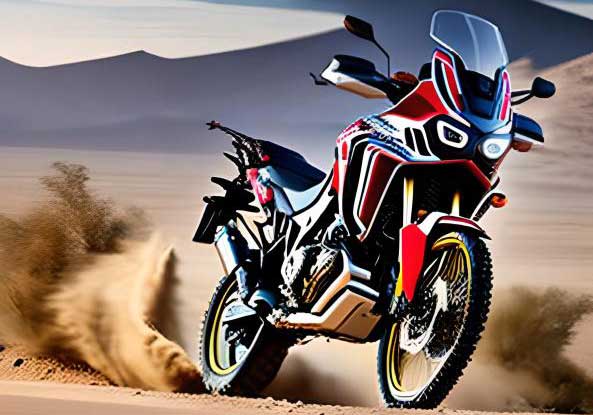If you’re in the market for a new dirt bike, you may be wondering which model is the best fit for your needs.
Contents
Overview of the DRZ400 and KLX300
Before we dive into the details, let’s start with a brief overview of the two bikes.
The DRZ400 is a dual-sport bike manufactured by Suzuki. It’s known for its versatility, as it can be used for both off-road and street riding.
The bike features a 398cc four-stroke engine, a five-speed transmission, and a comfortable seat height of 36.8 inches.
The KLX300, on the other hand, is a dirt bike manufactured by Kawasaki. It’s designed specifically for off-road riding and features a 292cc four-stroke engine, a six-speed transmission, and a seat height of 34.7 inches.
DRZ400 vs KLX300: Pros and Cons
Now that we know a little bit about each bike, let’s take a closer look at their pros and cons.
DRZ400 Pros
- Versatile for both off-road and street riding
- Comfortable seat height for taller riders
- Reliable four-stroke engine
- Easy to find replacement parts and accessories
DRZ400 Cons
- Heavier than some other dirt bikes
- Suspension may not be ideal for aggressive off-road riding
- Higher price point than some competitors
KLX300 Pros
- Lightweight and agile for off-road riding
- Six-speed transmission for more versatility
- Lower price point than some competitors
- Decent suspension for off-road riding
KLX300 Cons
- Not suitable for street riding
- The lower seat height may not be comfortable for taller riders
- Smaller engine sizes may not be suitable for more advanced riders
- Limited aftermarket parts and accessories
Specs and Features Comparison
Now that we’ve gone over the pros and cons of each bike, let’s take a closer look at their specs and features to see how they stack up against each other.
| Specification | DRZ400 | KLX300 |
|---|---|---|
| Engine | 398cc four-stroke | 292cc four-stroke |
| Transmission | Five-speed | Six-speed |
| Seat height | 36.8 inches | 34.7 inches |
| Weight | 317 lbs | 304 lbs |
| Price | $6,799 | $5,599 |
As you can see, the DRZ400 has a larger engine and a slightly higher seat height, but it’s also heavier and more expensive than the KLX300.
The KLX300, on the other hand, has a six-speed transmission and a lower price point, but it may not be suitable for taller riders.
| Feature | DRZ400 | KLX300 |
|---|---|---|
| Type of Bike | Dual-sport | Dirt bike |
| Engine | 398cc four-stroke | 292cc four-stroke |
| Transmission | Five-speed | Six-speed |
| Seat Height | 36.8 inches | 34.7 inches |
| Weight | 317 lbs | 304 lbs |
| Price | $6,799 | $5,599 |
| Suitable Riding Conditions | Both on and off-road | Off-road only |
| Aftermarket Parts Availability | High | Limited |
| Maintenance Requirements | More frequent valve adjustments | Basic maintenance requirements |
| Street Legal | Yes | No |
Which Bike is Right for You?
So, which bike should you choose? Ultimately, it depends on your specific needs and preferences. If you plan on doing both off-road and street riding, the DRZ400 may be the better choice due to its versatility.
However, if you’re mainly interested in off-road riding and want a lightweight and agile bike, the KLX300 may be a better fit.
Additionally, if you’re a taller rider, you may prefer the higher seat height of the DRZ400. On the other hand, if you’re on a tight budget, the lower price point of the KLX300 may be more appealing.
Maintenance and Upkeep
No matter which bike you choose, it’s important to keep up with regular maintenance and upkeep to ensure optimal performance and longevity.
Both the DRZ400 and KLX300 require basic maintenance tasks such as oil changes, air filter cleaning, and chain adjustments.
However, the DRZ400 has a reputation for being a bit more high-maintenance than the KLX300. It’s important to keep an eye on things like the valves, which may require adjustment more frequently than on other bikes.
Conclusion
In conclusion, both the DRZ400 and KLX300 are solid dirt bike choices, each with their pros and cons.
The DRZ400 is a versatile option for those who want to do both off-road and street riding, while the KLX300 is a lightweight and agile bike that’s perfect for off-road adventures.
When deciding between the two, consider your specific needs and preferences, as well as your budget.
Whichever bike you choose, make sure to keep up with regular maintenance and upkeep to ensure optimal performance and longevity.

